What’s the best way to sharpen a knife? How can I maintain an edge on my hunting knife? Phil Siddell reveals all in this guide to knife sharpening
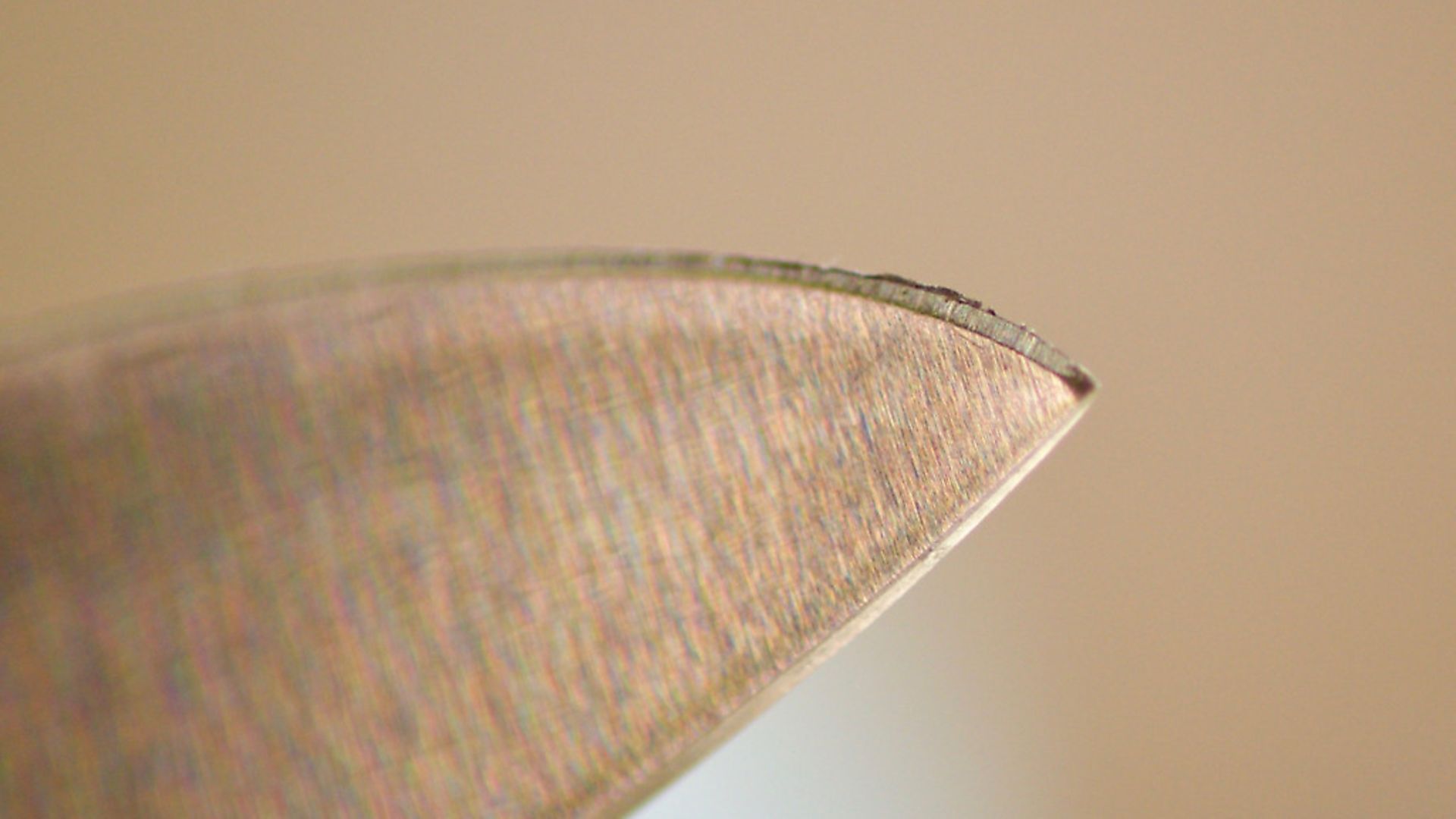 credit: Archant
credit: Archant
As a custom knifemaker, the topic I am asked about most frequently, without doubt, is knife sharpening. In the last generation or two, the skill of knife sharpening seems to have been lost to much of the population. Unfortunately, the void created by this skills deficit has been ably exploited by companies producing evermore complex ‘sharpening systems’. In reality, there’s nothing complicated about sharpening a knife, but, like most things that are worth learning, knife sharpening takes practice.
When people ask me for tips on knife sharpening, they’ve generally had a go at it and become disheartened when, after lots of elbow grease, the knife is just as dull. It’s also easy to become bewildered by talk of sharpening angles and stone grits. Let me state now, I never measure the sharpening angle of any of my knives and I couldn’t tell you the grit size of either of my sharpening stones!
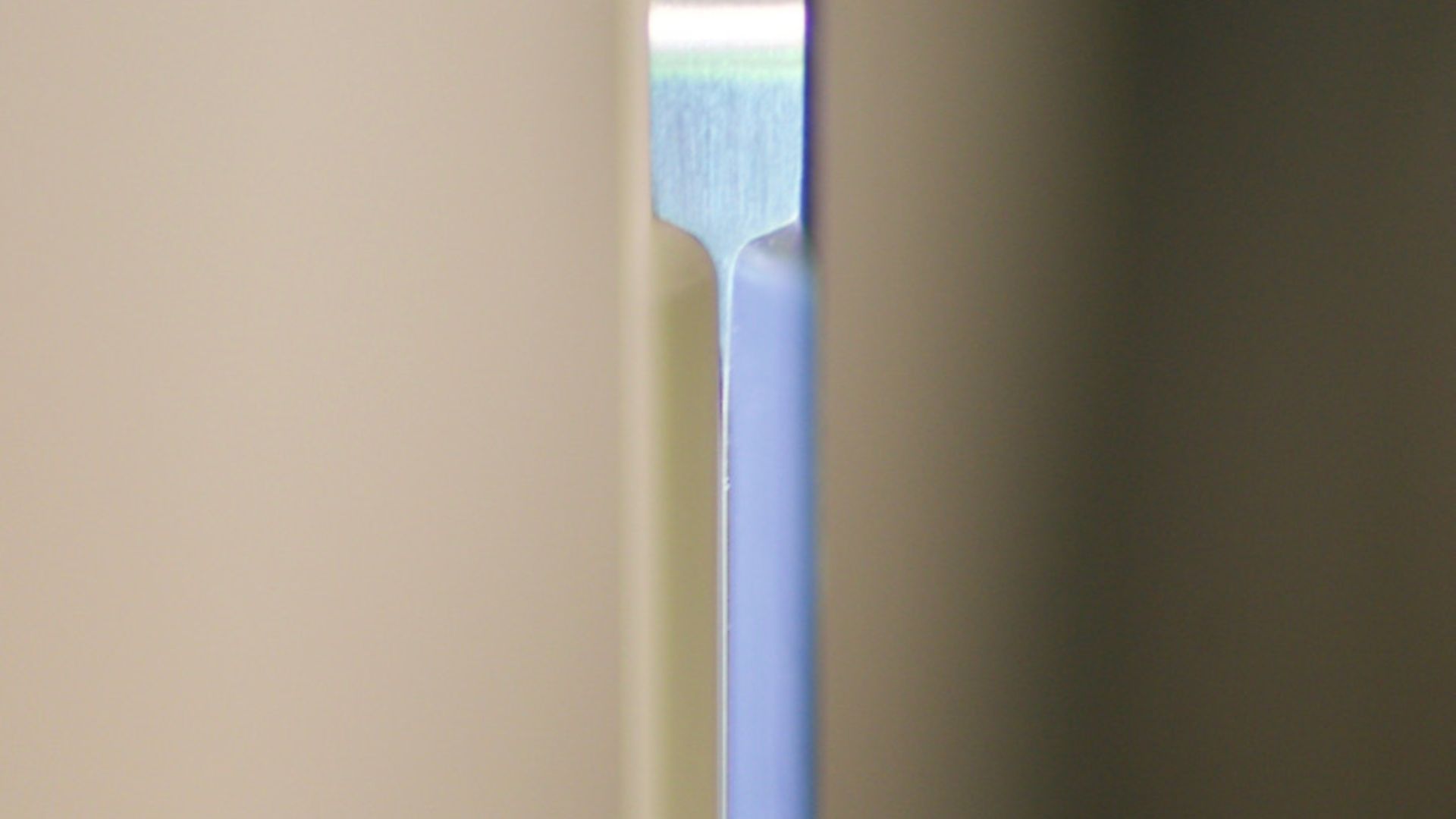 credit: Archant
credit: Archant
The problem with sharpening
As with any maintenance task, be it cleaning the bore of your rifle or wax proofing your stalking boots, the key is to understand what you’re trying to achieve. Almost any material can be made sharp by reducing the thickness of the leading edge (the thin end of the wedge, if you will) to the point where it is fine enough to separate the substance or structure of the thing you want to cut. Think of the way copier paper will cut, but cardboard won’t.
Once a fine edge has been created, the challenge is maintaining the structural integrity in order for it to keep on cutting. Hardenable steel has the ideal balance between workability (so we can create and refine the edge) and toughness (so the edge doesn’t just roll over in use). Therefore, when we sharpen a knife, we are simply aiming to make that leading edge thinner than it is right now.
This is usually achieved by wearing away steel on something made of, or loaded with, an abrasive compound such as an oil or diamond stone. It’s important to note that all this abrading at the cutting edge will raise a burr, which means the blade actually gets blunter before it gets sharper. The burr is a sure sign that you’re moving in the right direction. The burr is raised as the cutting edge gets so thin that the steel is no longer thick enough to stand up, but it still hangs on to the rest of the blade at a molecular level until we remove it. More on that later.
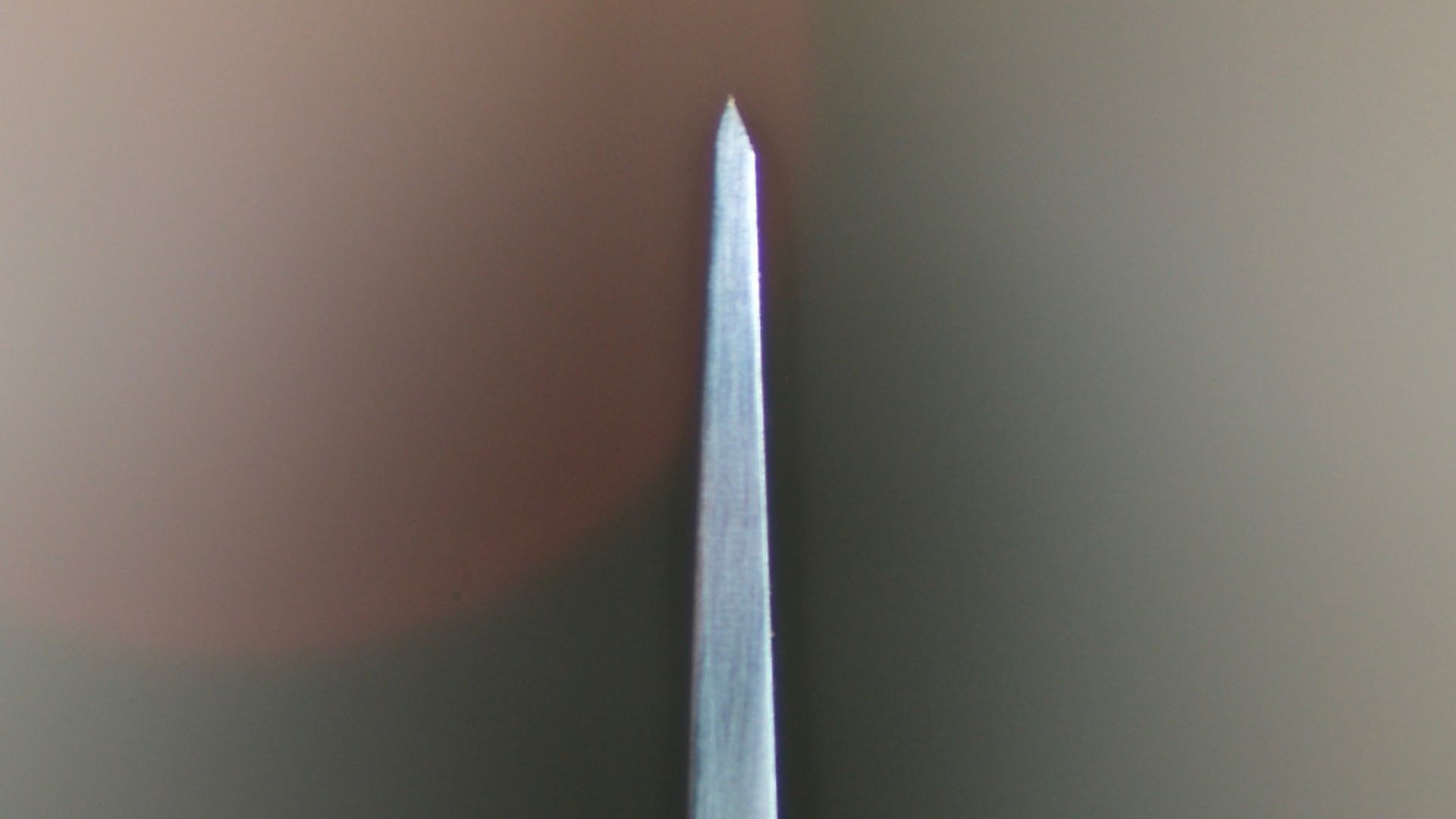 credit: Archant
credit: Archant
How sharp should my hunting knife be?
At the risk of coming off as a pedant, I’ll admit that it drives me a little loopy to hear knives described as ‘shaving sharp’. I have only one blade in my utilitarian collection that I would describe in those terms, and that is the Solingen-made straight razor I use each morning to shave away my whiskers. The deeply concave hollow ground profile of the razor is exceptionally delicate because it has been ground as thin as possible to eliminate friction as the cutting edge parts hairs. An edge this exceedingly honed is useless to the hunter; we need something with a little more brawn.
When people extol the cutting abilities of a particular knife, what they’re usually praising, often unknowingly, is the edge geometry of that tool. The term ‘edge geometry’ describes the profile of the wedge shape of the blade (in section). Any discussion of edge geometry is more nuanced than just resorting to labelling something as good or bad, but, in broad terms, if the wedge begins at the spine and tapers consistently to almost nothing at the business end, the knife will cut efficiently.
Pick up almost any production (factory made) knife and you will notice that this taper is interrupted by a secondary bevel. Grinding a blade bevel to an exceedingly thin edge without ruining the heat treatment is precarious and takes time and patience, something in short supply in the modern factory. Manufactures get around this process by leaving the edge quite thick (say a millimetre or more) and grinding in a secondary bevel when sharpening the knife. This creates a sub-optimum slicer – thick edges don’t cut efficiently!
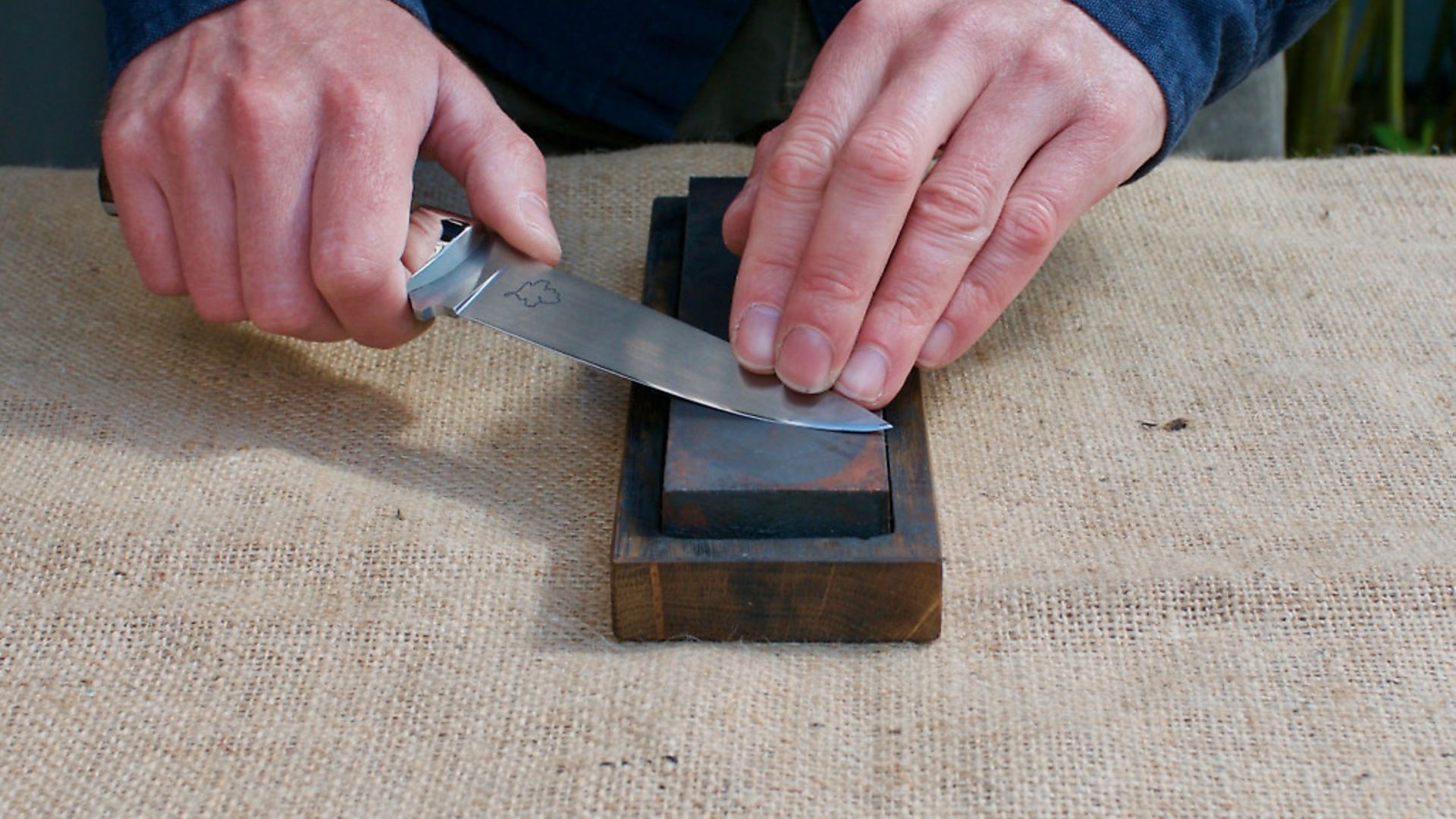 credit: Archant
credit: Archant
Sharpening a knife at home
So, how do we take that dull blade and make it sharp? How do we sharpen a knife using a stone or other system? It’s far easier to become a proficient sharpener in the comfort of your garden shed than under pressure in the field, so let’s begin at home. There are many sharpening products out there, but I’m keen to demonstrate the core principles using something that’s affordable for most budgets. As an apprentice joiner, I learned to sharpen my tools on a Norton India combination oilstone. They cost around £40 and last forever with little maintenance required. You might choose a waterstone (or wet stone) instead, and the processes are the same, but beware: more work is required to keep a waterstone flat and it will wear down quickly and need to be replaced in time.
To begin, it’s important to secure your sharpening stone, perhaps in a vice or on a rubber mat. A combination stone has two sides, one coarse and one fine. If you keep on top of sharpening, the fine side is used most often; the coarse side is for removing significant chips and rolls.
Without worrying about sharpening angles, I lay the bevel flat on the stone and then lift the spine. By sweeping the blade forward, following the sweep or curve of the cutting edge, I begin to abrade material at the edge. It’s critical to feel the stone bite the blade under moderate pressure. If there is no bite, the spine should be lifted higher; too much and the spine should be lowered.
After a few strokes on the stone, I use my fingernail to check for a raised burr on the opposite side of the edge.Once the burr is raised along the entire edge, I flip the knife and repeat on the opposing edge.
Once the burr is consistently raised on the second side, it’s time to remove it. There are two ways to do this. The simplest (which works with some steels) is to draw the blade edge through a piece of timber a few times to tear off the burr. The classic method is to load up a leather strop with some polishing compound and draw the blade, edge down, towards you several times on each side of the edge until the burr is removed (as with sharpening on the stone, but toward the body this time). Strops can be made cheaply from a piece of ply with some heavy scrap leather glued onto it. You can test the quality of the edge by slicing a sheet of paper from the edge inwards.
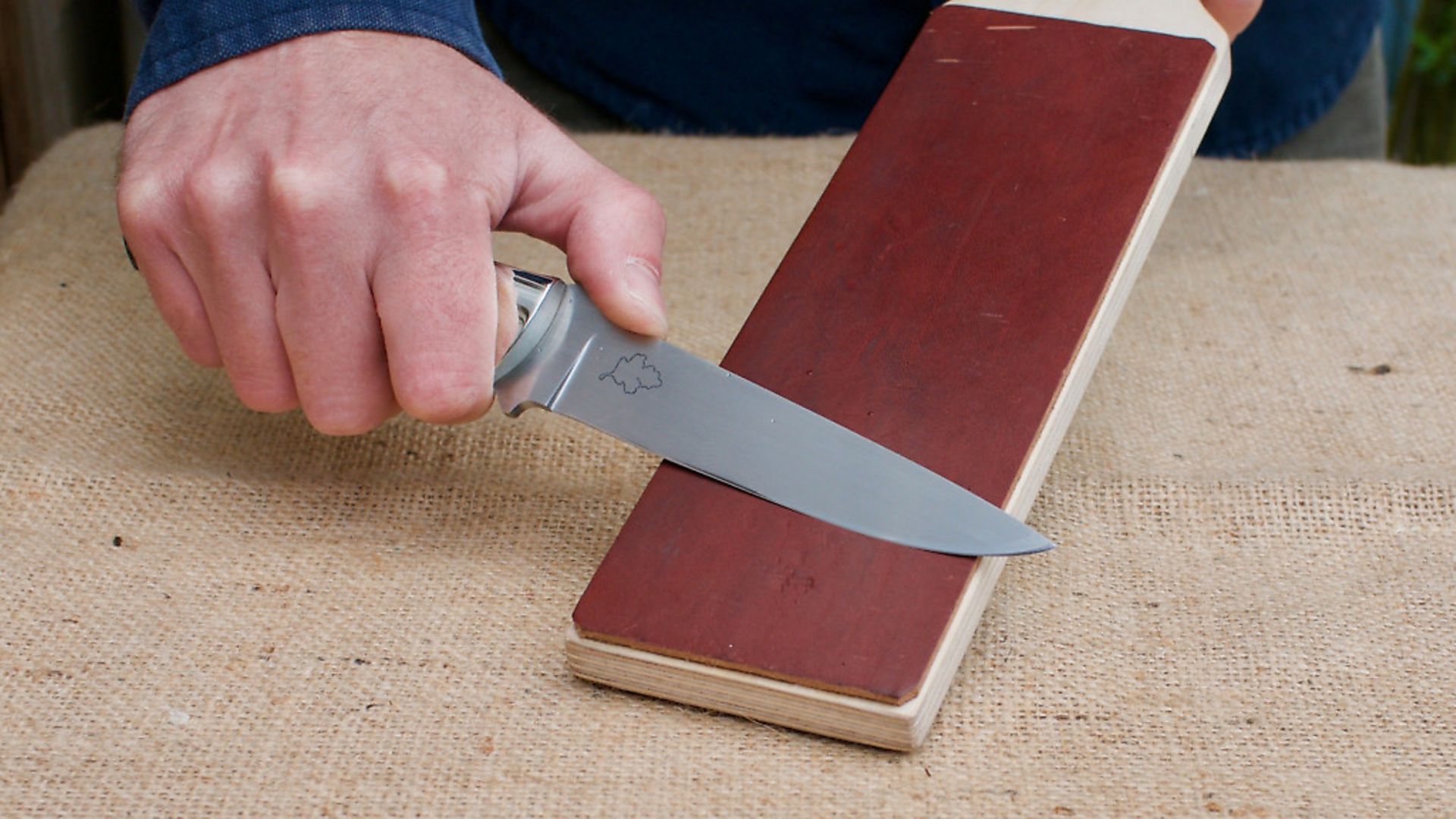 credit: Archant
credit: Archant
Sharpening in the field
Technically, you shouldn’t need to be resharpening in the field, rather just touching up the edge (much as a butcher does on his eponymous steel). I’ll share two simple, low-cost methods that are reliable and can be done in minutes.
The first is the use of a proprietary sharpener that has a tungsten slot and a ceramic rod slot (I own a Lansky Quick Fix pocket sharpener that costs less than a tenner). These little gadgets are used by running the blade through the tungsten side to remove some steel and then the ceramic side to clean off any burr. The key with these is to use light pressure. If you press too hard, they’ll take chunks out of the steel and you’ll be worse off than you were when you started!
The second method is to glue a small rectangle of 240 grit wet and dry onto one side of a piece of thin scrap ply and 600 grit wet and dry on the other. It doesn’t need to be big, say 4” by 3”. This can be used in the same way as a strop and will make quick work of edge touch up. The wet and dry won’t last beyond a couple of uses, but it’s cheap and effective. If you want to spend more, there are small diamond stone products that will fit in a pocket but expect to pay over £40.
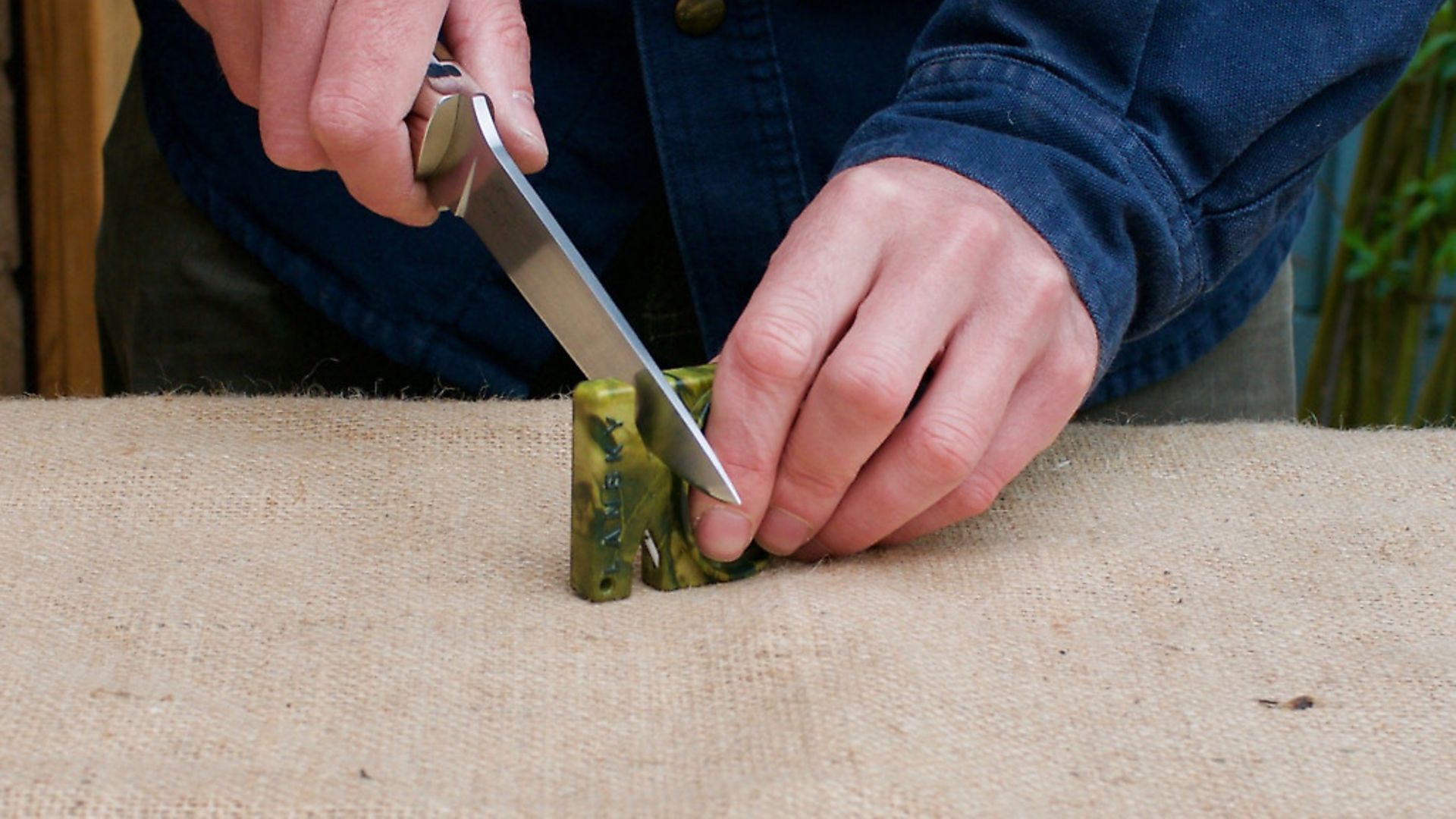 credit: Archant
credit: Archant
Maintaining the ‘eternal edge’
There are those out there who will tell you that they have discovered the ultimate knife – one with steel so good it almost never needs resharpening. While there are some steels that have enhanced wear resistance characteristics, the same thing that makes them hold an edge a little longer, makes it an awful lot harder to sharpen.
The key to retaining an edge on your knife is less about what it’s made from and much more to do with how it’s used. Few things will dull an edge like bone will. Anything we cut that isn’t flesh or soft tissue will dull the edge; ergo, the more dextrous we are in our butchery, the longer our knife will stay sharp. Furthermore, the more fastidious we are in caring for our knives, the better they will perform; a careful wash and rinse followed by a sparing film of food-safe oil on the blade after use is time well spent.
Similarly, placing the knife in its sheath whenever it’s not in use keeps it clear of any abrasive surfaces. Put simply, maintaining that elusive eternal edge is more a matter of mindset than metallurgy. It’s a case of learning some simple but forgotten skills that we should have picked up from our grandpa.
All that remains is for you grab a cup of tea, pop out to the garden shed and get practising!
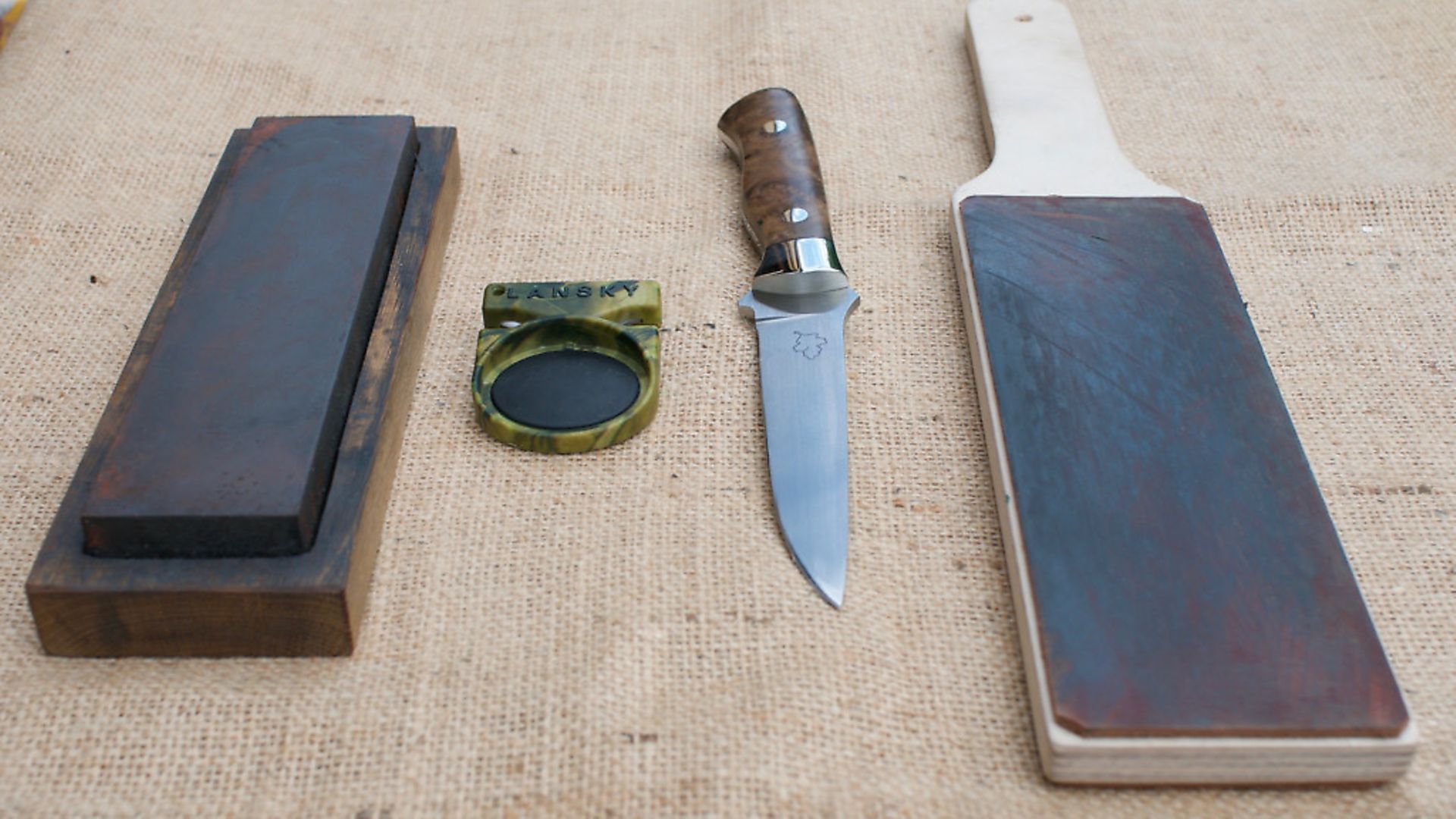 credit: Archant
credit: Archant
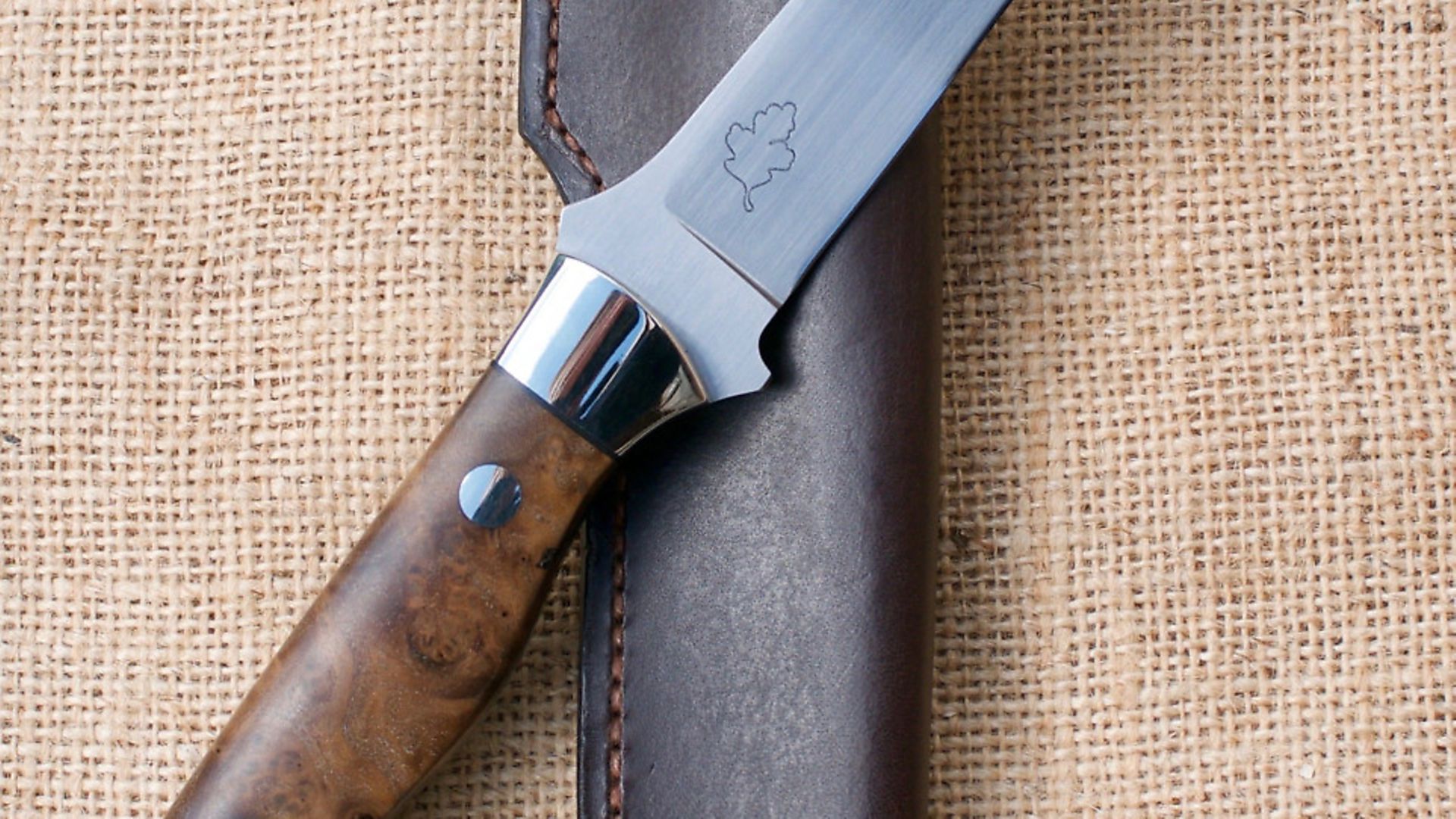 credit: Archant
credit: Archant